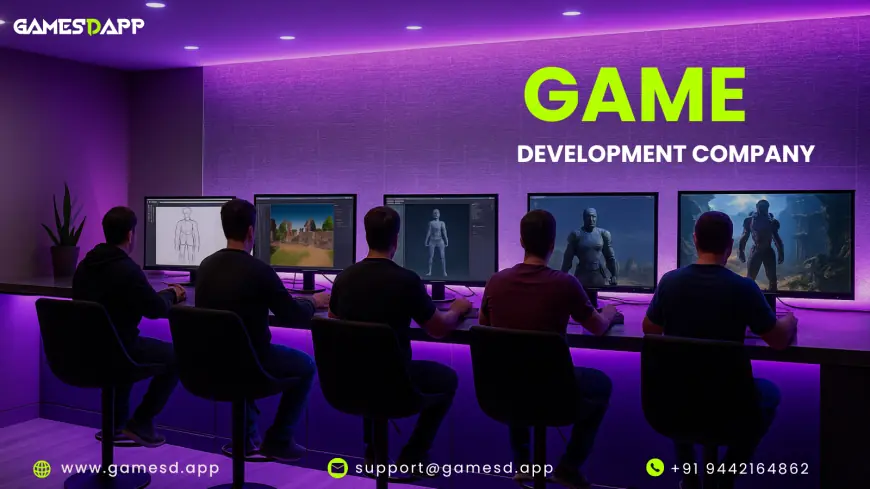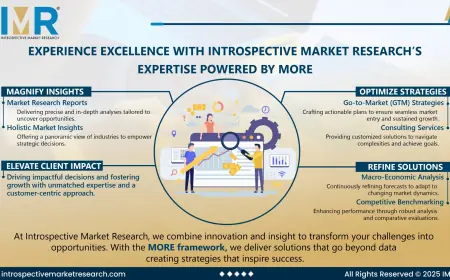The Making of an Advanced Video Game: A Game Development Team’s Step-by-Step Workflow
As a Game Development Company, We Create games for platforms such as mobile, PC, Web, NFT, and Metaverse. Our Gaming Experts have in-depth knowledge of modern gaming engines.

Video games are more than just entertainment; they’re carefully crafted experiences that blend art, storytelling, and technology. From concept sketches to final launch, Game Development is a journey that requires creativity, collaboration, and innovation at every step. Let’s take a closer look at how a game comes to life through a structured, step-by-step workflow.
Getting Started: What Game Development Really Involves
When you look at a finished video game, it’s easy to forget how much work goes on behind the scenes. Game Development brings together creative minds, skilled designers, and technical experts who turn simple ideas into interactive worlds. Whether it’s a small indie game or a big-budget release, having a clear workflow ensures concepts grow into experiences players truly enjoy.
Step 1: From Game Idea to Concept Design
Every game begins with an idea. The initial step involves shaping this concept into a detailed design that outlines the game’s story, mechanics, and audience. Developers also plan whether it will be a 2D Game Development project, a 3D Game Development experience, or a mix of both. This foundation guides the rest of the journey.
Step 2: Using Tools and Engines to Build the Core
Game engines like Unity and Unreal play a huge role in turning concepts into reality. They offer developers everything they need to create immersive gameplay. Unity is popular for mobile and cross-platform titles, while Unreal is loved for high-end visuals. Choosing the right engine is crucial for striking a balance between performance and player experience.
Here’s what makes engines vital in Game Development:
Unity Game Development Services
Great for mobile and indie games, Unity offers flexibility and ease of use. Its cross-platform support makes it a go-to choice for fast, scalable releases.
Unreal Engine Game Development
Ideal for lifelike 3D environments, Unreal delivers unmatched realism and powerful tools. It’s often chosen for AAA titles and immersive visual experiences.
HTML5 Game Development
Perfect for lightweight browser-based projects, HTML5 ensures accessibility without downloads. It’s widely used for casual and cross-device gaming.
Blockchain Game Development Company Integration
Adds Web3 features, such as NFTs and crypto rewards, to enhance user engagement. This approach empowers players with ownership and creates new monetization models.
Step 3: Designing Game Assets That Bring Worlds Alive
Game assets like characters, sound, and environments bring imagination to life. Designers and artists focus on visual and audio elements that make the game world immersive. Every detail, from textures to background music, contributes to how players emotionally connect with the game.
Step 4: Coding the Game Mechanics and Features
Once the visuals are ready, coding takes center stage. Developers write scripts to control how characters move, how physics works, and how players interact with the environment. Coding also adds features like multiplayer game development, In-game purchases, and AI-based mechanics. This step ensures the game is not just visually stunning but also fully functional.
Step 5: Testing, Debugging, and Refining the Game
No game is ready without testing. QA teams spend countless hours finding bugs, glitches, and performance issues. Testing ensures smooth gameplay and prevents negative user experiences. It also helps optimize the game for different platforms, whether it’s Android, iOS, or PC.
Step 6: Finalizing the Game for Launch
The final stage is about polishing and preparing for release. Developers optimize the game for multiple platforms and finalize distribution strategies. Marketing, community engagement, and app store readiness also come into play. For anyone curious about how to develop a mobile game from scratch, this step highlights the importance of preparing for visibility and long-term success.
Final Thoughts: The Future of Game Development Teams
As technology advances, Game Development Company workflows are evolving with innovations like blockchain integration, gamification, and metaverse-ready designs. Studios like GamesDApp are helping businesses and creators bring ambitious projects to life by combining creativity, scalability, and advanced tech. Whether it’s building the next indie hit or launching a AAA-level title, the future of game creation lies in collaboration, immersive design, and Advanced tools.
Want to see what the future of gaming looks like? Get a Live Demo here
What's Your Reaction?
 Like
0
Like
0
 Dislike
0
Dislike
0
 Love
0
Love
0
 Funny
0
Funny
0
 Angry
0
Angry
0
 Sad
0
Sad
0
 Wow
0
Wow
0























































